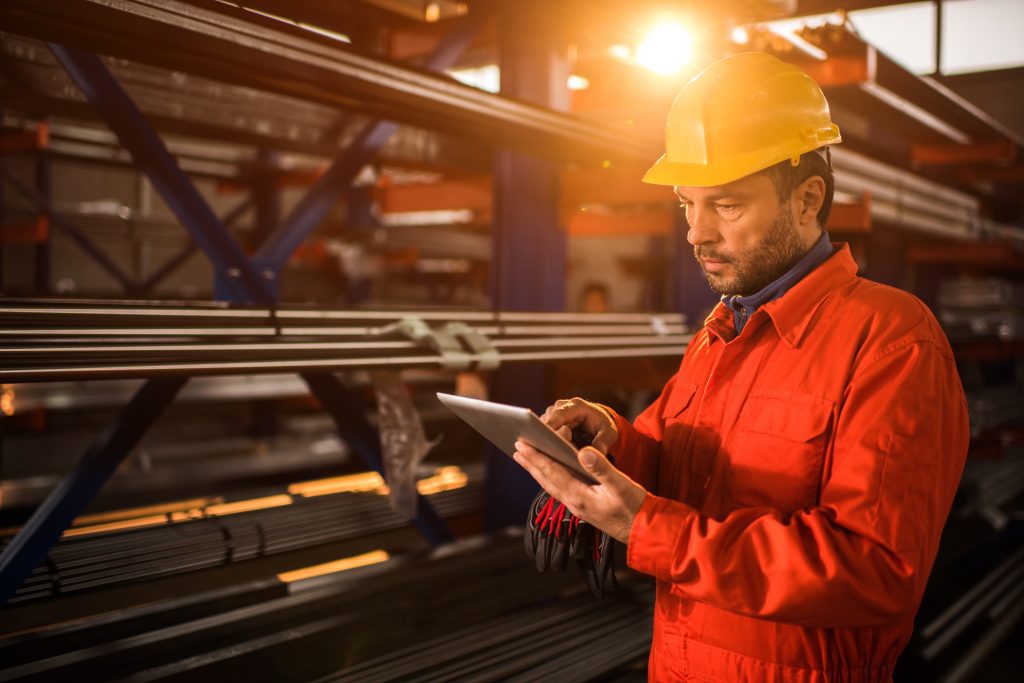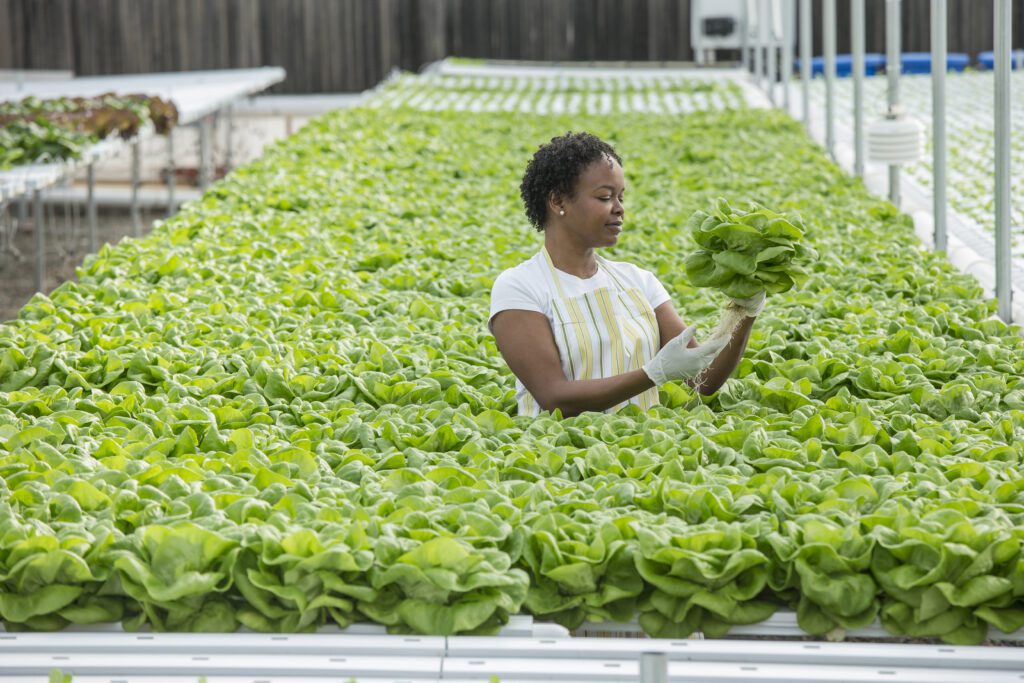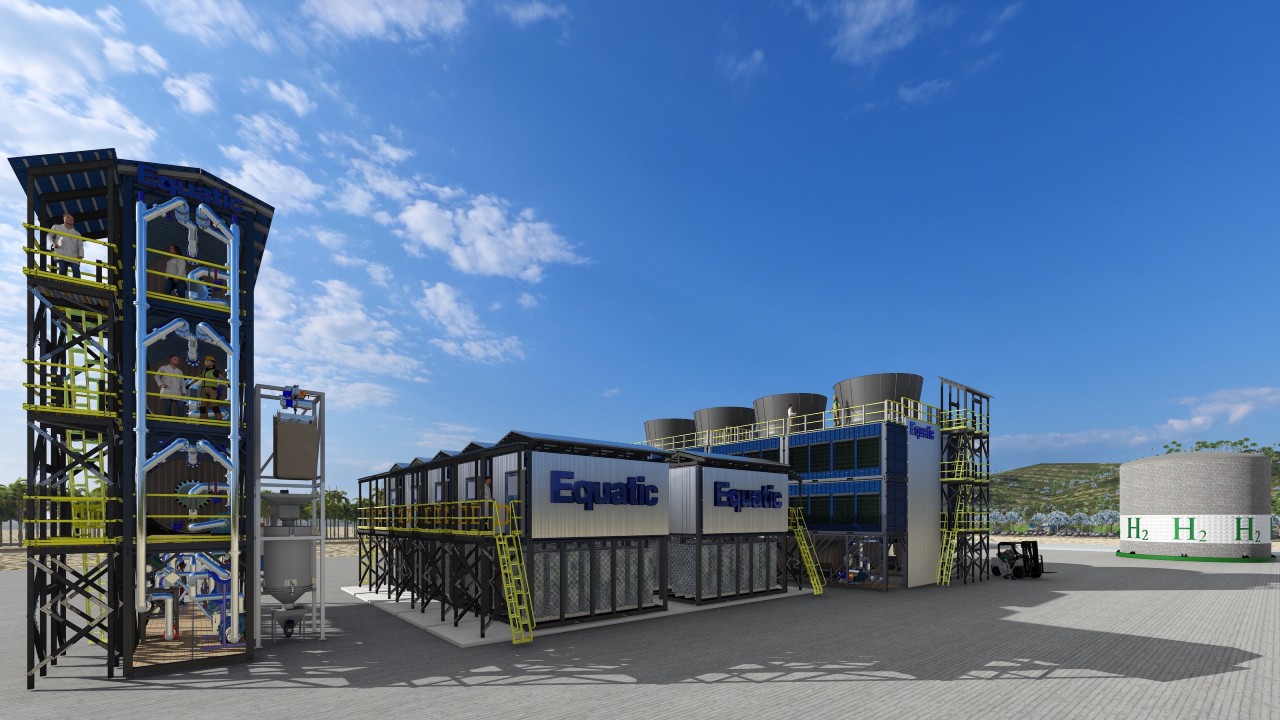Author: Schneider Electric
This audio was created using Microsoft Azure Speech Services
Industrial operations are responsible for nearly one-quarter (24 percent) of global greenhouse gas emissions. That’s nearly as much as the world’s transportation sector produces when factoring in every car, truck, plane, ship, and train combined. As a result, industries often hear that energy efficiency measures and net-zero improvements are the silver bullets for operational and sustainability woes. While this is true, it’s not an immediate fix, and it can be easy to overlook the nuanced, incremental nature of true efficiency gains.
The benefits of energy efficiency unfold over time and often go far beyond the initial hype. I’ve identified 8 benefits and long-term advantages of embracing energy efficiency in industrial operations. Let’s take a look.

 As industrial operations adopt energy efficiency measures, they are paving the way to improve their decarbonization efforts and realize other long-term benefits.
As industrial operations adopt energy efficiency measures, they are paving the way to improve their decarbonization efforts and realize other long-term benefits.
Benefit 1: Embodied carbon reduction
The best opportunities to make energy-efficient choices happen during the design-build phase – before the hammer meets the nail. Embodied carbon – the emissions associated with the construction process (including manufacturing and materials transporting, concrete, steel, insulation, and disposal) – are included within this phase. In fact, when considering embodied carbon, 80% of a building’s emissions are already baked into a building upon completion.
So, early design-build decisions that integrate energy-efficient products, solutions, and low-carbon technologies from the outset are ideal. By focusing on both electrical distribution and the reduction of embedded carbon, industries can set the stage for a sustainable operation model. This strategic approach addresses immediate energy use and locks in lower carbon footprints for the long haul.
Benefit 2: Operational excellence with energy management
Operational expenses (OpEx) are fertile ground for industrial companies to advance their decarbonization and energy efficiency strategies. Companies that use Energy and Power Management Systems (EPMS) and Supervisory Control and Data Acquisition (SCADA) systems have real-time windows into their energy consumption patterns. This immediate access to data allows for agile adjustments, optimized procurement strategies, and precisely-managed demand peaks.
These systems can also direct investments to the most impactful areas, like integrating renewable energy solutions during peak tariff periods or shifting energy use to off-peak times. The insights offered by EPMS and SCADA systems also inform decisions on when to use or scale back on energy-intensive processes. Again, this reduces emissions and aligns with grid optimization practices. Ultimately, this continuous monitoring and adjustment reduces emissions and overall operational costs, striking the balance between sustainability and economic efficiency.
Power quality and power factor measure an electrical infrastructure’s health. Both affect the performance and longevity of equipment. Poor power quality includes voltage sags, surges, and harmonic distortion, disrupting operations and damaging sensitive equipment. Similarly, a poor (or low) power factor draws more power from the grid than is actually used. This means higher electricity bills, increased stress on the power infrastructure, and often, expensive power factor surcharges from electric utilities.
Monitoring and correcting power quality and power factor extends the lifespan of motors and electrical devices and cuts down on unexpected maintenance costs or taking processes out of service. Optimized machines are efficient machines.
Benefit 4: Optimized predictive maintenance
Energy efficiency also translates into more sophisticated maintenance practices. Advanced systems can predict when a machine will need care. You can fix minor issues before they become major problems, keep operations running without hiccups, and save money in the long run. Investing in maintaining the “electrical health” of operations makes the workplace smoother, more efficient, and gets more done with less hassle. Predictive maintenance enabled by energy management systems can also optimize maintenance schedules, further enhancing operational efficiency and equipment longevity.
Benefit 5: A holistic approach to efficiency with automation and control
Integrating automation, HVAC, control systems, and smart technologies in an industrial building streamlines energy use in several ways. Automation systems adjust the operation of machinery or lighting based on real-time demand – avoiding unnecessary energy use. Optimized HVAC systems adapt to different zones and times of the day to greatly reduce heating and cooling waste. Control systems monitor and adjust energy use across the entire building for more informed and efficient management of resources. Intelligent technologies can anticipate maintenance needs and operational adjustments. This ensures the systems run at peak efficiency without energy loss from malfunctioning or suboptimal performance.
Benefit 6: Adoption of renewable energy and backup systems
Incorporating renewable energy sources and backup systems is a forward-thinking strategy. It enhances resilience while supporting peak load management and energy independence. Government incentives and evolving regulatory landscapes increasingly favor renewable investments. Today, these are financially attractive and operationally prudent choices for industrial facilities.
For example, microgrids are decentralized and sustainable energy systems that allow localized control over energy sources. This reduces energy transmission losses and improves energy security by ensuring a reliable energy supply, even during grid outages. Microgrids also support demand response strategies, adjusting energy production and consumption in real-time to optimize efficiency and reduce costs.
Benefit 7: An accelerated payback period
A common misconception is that the return on investment (ROI) for energy efficiency measures takes a very long time, from five to ten years. It’s much quicker. On average, ROI usually ranges between 18 and 20 months. This accelerated return on investment (ROI) is possible for various reasons: reduced energy bills, operational improvements, regulatory compliance, longer equipment lifespans, and, sometimes, government incentives that support energy-saving measures.
Fast payback is a testament to the actual value of energy efficiency and is a compelling incentive for industries to adopt these measures. It dispels myths that have long held back investment and opens the door for more businesses to consider energy efficiency as a strategic priority, assuring them of tangible financial returns in a relatively short timeframe.
Benefit 8: Changes to company culture
Most importantly, becoming an energy-efficient operation isn’t just about buying new tech but changing company cultures. Energy efficiency is also about people and getting every person in the company to think about and act on saving energy. This means teaching teams about energy saving, always looking to improve processes and focusing on how much power is used. Everyone from the C-suite to the custodian needs to be involved. This cultural shift is a continuous effort that helps a company improve at saving energy and money over time.
Counting the benefits of playing the energy efficiency long game
The benefits of energy efficiency – especially in the industrial sector – are the sustained, long-term advantages and the cultural shift it creates within companies. Seen through the lens of long-term operational and sustainability benefits, energy efficiency measures are strategic imperatives that deliver enduring value and foster innovation, resilience, and competitive advantage.




 crediti:
crediti: